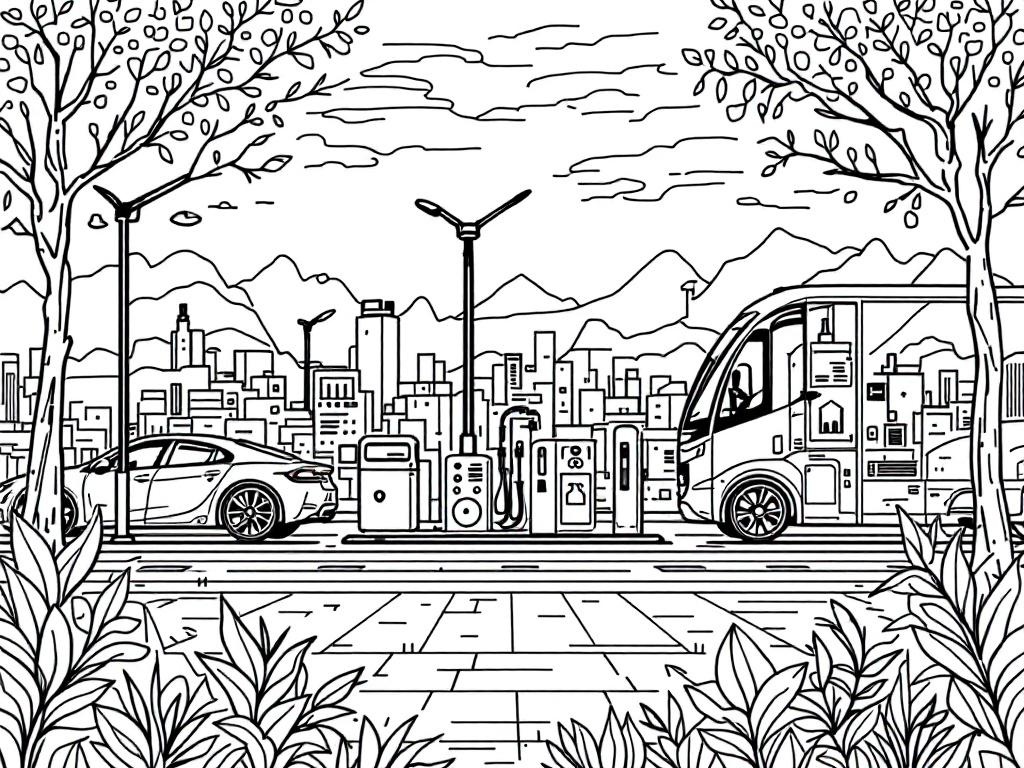Autonomous and Hydrogen Fuel Markets Set for Dramatic Expansion

New York, Thursday, 26 June 2025.
The autonomous vehicle market is projected to hit $980.7 billion by 2040, while hydrogen fueling stations could reach $22 billion by 2035, driving a shift in global energy solutions.
Autonomous Vehicle Market: A Future Catalyst for Change
The autonomous vehicle market is on a trajectory to redefine transportation globally, with forecasts suggesting it will reach USD 980.7 billion by 2040, experiencing a compound annual growth rate (CAGR) of 22.3% starting from 2031. This surge is primarily driven by advancements in autonomous technology, safety features, and the promise of reducing traffic congestion and accident rates caused by human error. Notably, the Association for Safe International Road Travel (ASIRT) highlights that autonomous vehicles could significantly reduce the over one million fatal accidents recorded annually due to human-driven errors in road traffic [1].
Hydrogen Fueling Stations: Boosting the Hydrogen Economy
The hydrogen fueling station market also shows potential for considerable growth, with its value projected to rise from USD 756.4 million in 2024 to USD 22 billion by 2035, reflecting a CAGR of 35.9%. This expansion is bolstered by global governmental efforts to reduce carbon emissions through projects such as the EU’s H2Haul and California’s ZANZEFF initiative, promoting hydrogen as a clean energy alternative [2]. Hydrogen stations facilitate the storage and dispensing of hydrogen gas at pressures critical for vehicle operation and are an essential element in the transition to sustainable energy solutions. For instance, recent efforts include ITM Power PLC’s collaboration with Hyundai UK to expand hydrogen refueling networks [2].
Economic Implications and Geographic Spread
The expansion of these markets heralds significant economic implications, primarily through job creation in technology development, manufacturing, and infrastructure. The pioneering of autonomous and hydrogen technologies is supported by substantial regulatory backing across key regions, including North America, Europe, and Asia-Pacific (APAC). Market leaders, such as Germany in Europe, are setting comprehensive frameworks for autonomous driving, while APAC countries excel in advanced testing due to supportive policies [3][4]. The regulatory landscape, though fragmented in places like the US, is harmonizing globally through the efforts of international bodies like UNECE, which focus on establishing uniform standards [5].
Challenges and Strategic Directions
Despite the promising growth forecast, these sectors face challenges, including high development costs, regulatory hurdles, and public trust in autonomous technologies. However, partnerships and technological collaborations are paving strategic directions forward. For instance, advancements in sensor fusion and machine learning are critical in overcoming navigation challenges in unstructured environments [3]. Simultaneously, the integration of smart city infrastructure and supportive governmental policies are expected to play a pivotal role in facilitating these industries’ sustainable growth [5].
Sources
- www.einpresswire.com
- www.einpresswire.com
- www.globenewswire.com
- www.businesswire.com
- www.marketwatch.com